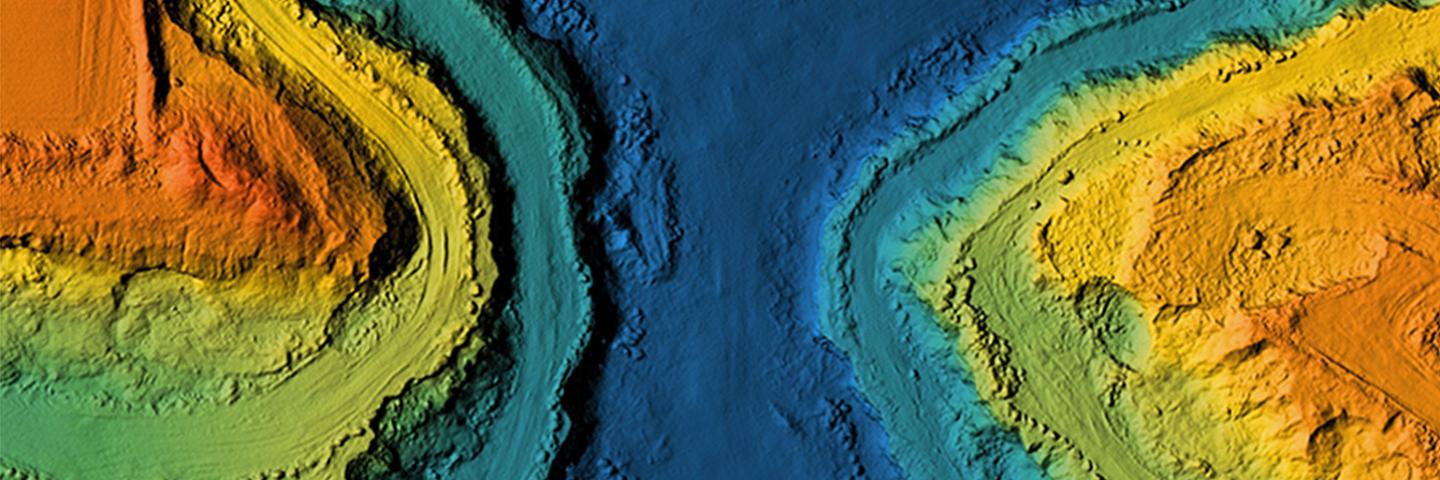
GIS stands for Geographic Information Systems. GIS software automates databases and maps to reveal the spatial patterns of data.
A Geographic Information System (GIS) lets the user visualize, analyze, query, and interpret data to explore patterns and trends in a map-based context. This information is stored in subject-specific data layers (such as soils, streams, endangered species or pollution hotspots). Multiple map layers are then combined into new derivative layers that show how these different subjects are related to each other geographically.
NRCS uses GIS in our work to analyze resource issues. For example, an analysis areas of valuable farmland most at risk for development would examine the following data layers: sewer and water infrastructure, road density, population growth, zoning regulations, Prime and Statewide rated soils. The results of this analysis would highlight which areas of the state are most vulnerable to conversion of farmland. In turn, this would inform where to direct funding for farmland preservation.

